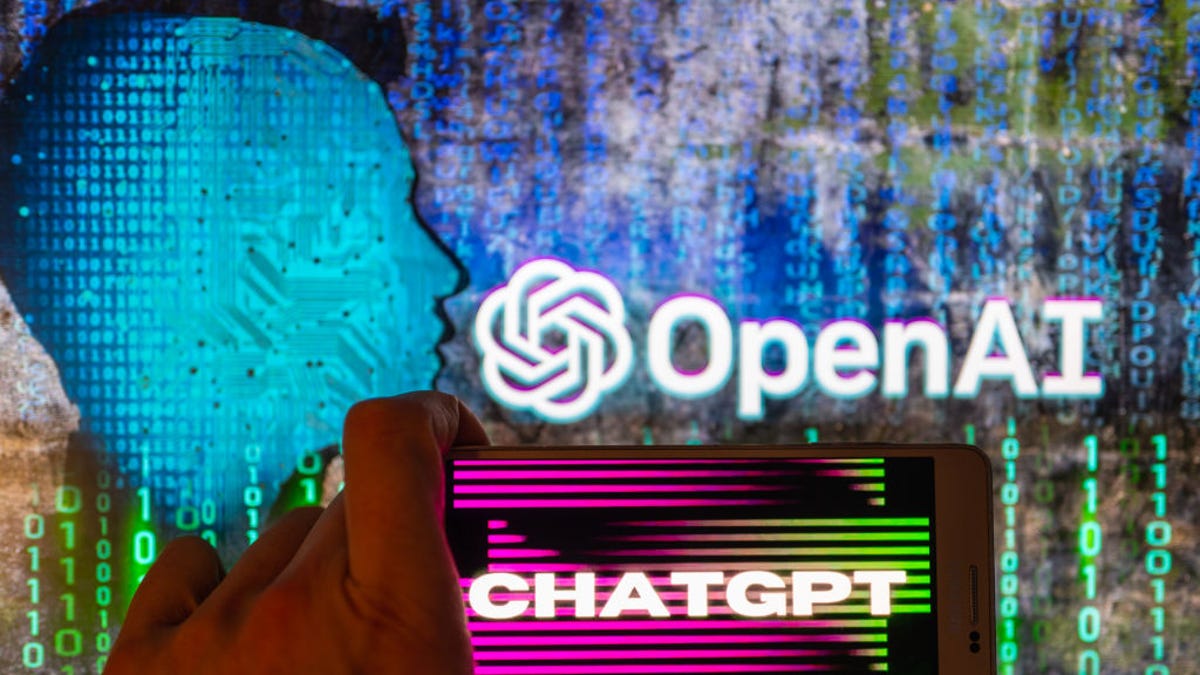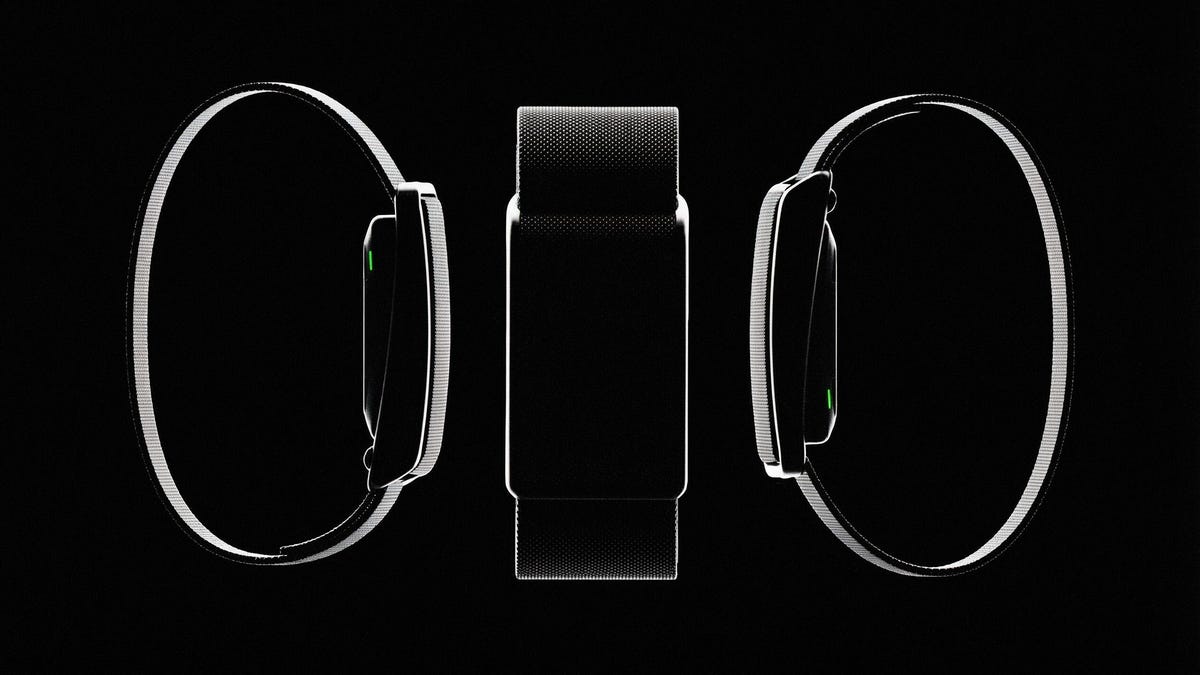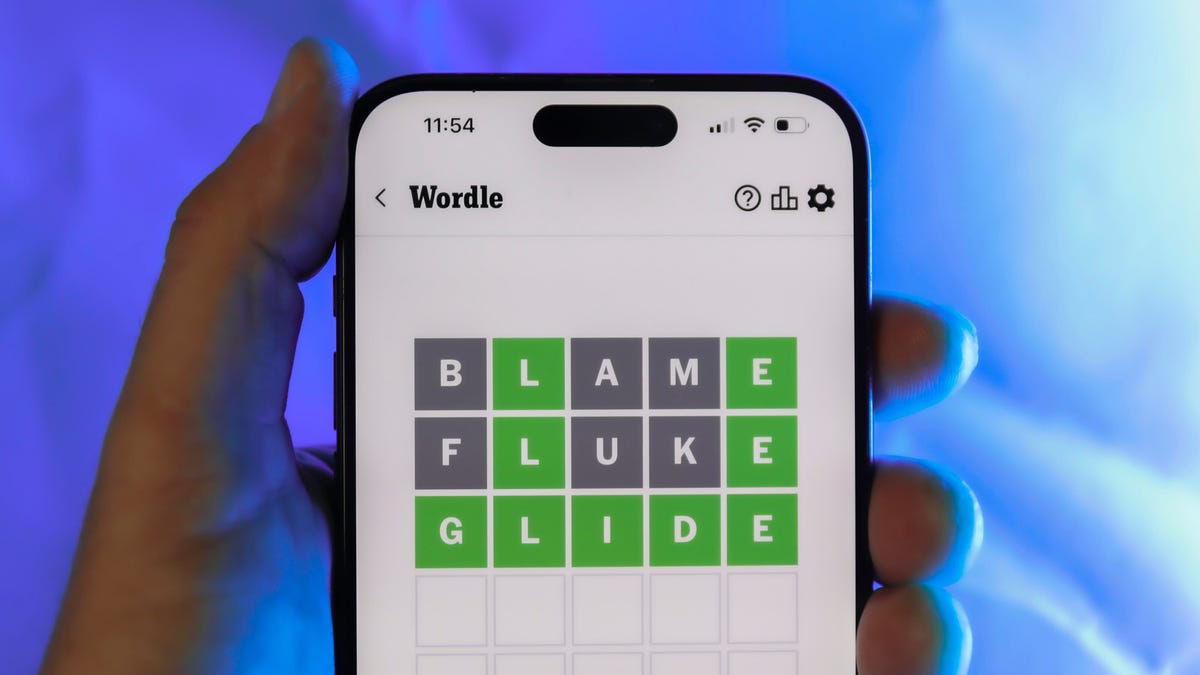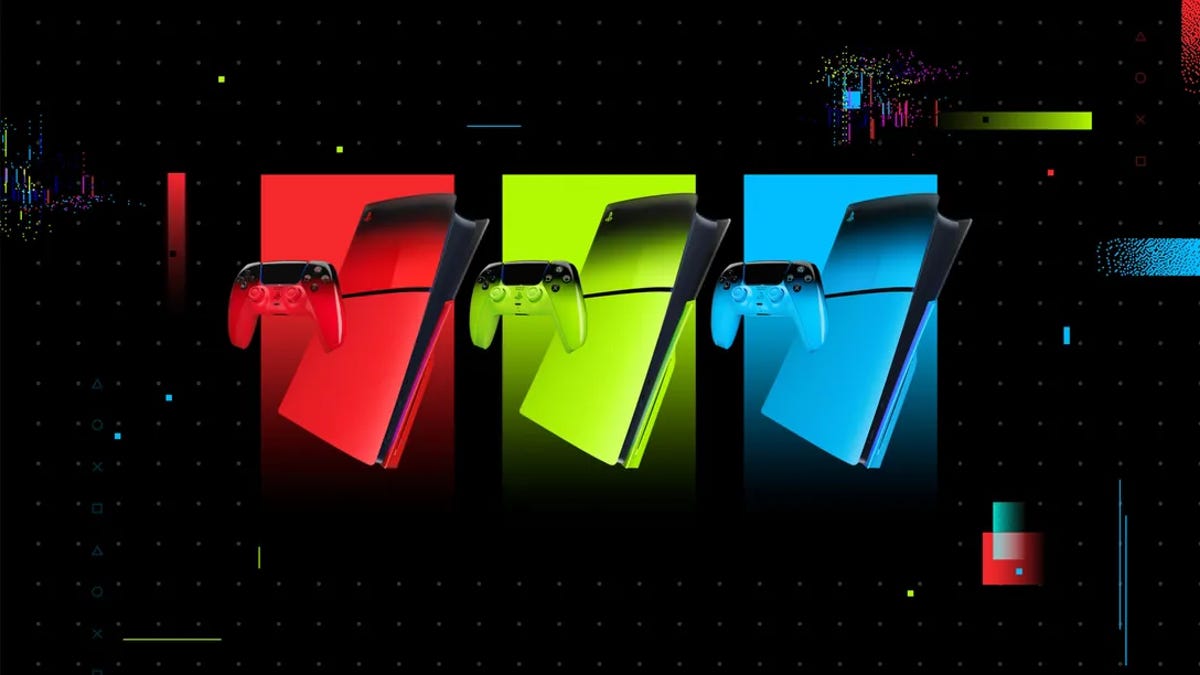Technologies
Remember Bing? With ChatGPT’s Help, Microsoft Is Coming for Google Search
The future of search is conversational, if ChatGPT’s viral success is anything to go by.

Have you ever found yourself trawling through endless pages of results on a search engine to find the answer to a complex question? Say you want to find out if a vegetarian diet is suitable for your dog. Your research journey might begin by hopping onto Google and typing «is a veg diet good for dogs» into the search box and then having to make sense of the legion of generated links. By the time you find an answer, you’ve sunk way more time than you’d budgeted into poring through articles, reports and their sources.
In the not-so-distant future, finding the answer to a complex question might not be such a tedious process. Microsoft is reportedly integrating a more advanced version (GPT-4) of the AI tech that underlies the headline-grabbing ChatGPT into its Bing search engine in a move that could transform search as we know it. More specifically, Bing might have the potential to serve up a search experience that’s superior to Google, according to AI researchers, and potentially usurp the search giant’s decades-long dominance.
«ChatGPT is the first new technology in more than a decade that may really transform search and that could, at least in principle, upend Google’s market dominance,» said Anton Korinek, an AI researcher and professor of economics, at the University of Virginia. «What the technology does is that it allows consumers to interact with their computer in a much more natural and conversational form than traditional search.»
Read More: Why ChatGPT Will Be Everywhere in 2023
At this point, we don’t know what Bing’s AI-driven search results might look like exactly (although some people have seen the new version of Bing appear briefly before vanishing). Microsoft declined to comment for this story. However, AI researchers expect a meaningful departure from the status quo in terms of how a search engine presents an answer and how users interact with it. After all, ChatGPT is not designed to browse the internet for information (like a search engine). Instead, the chatbot uses information studied from vast swaths of training data to generate a response.
«ChatGPT can answer its users with a single clear response compared to the myriads of links of traditional search engines. It also has capabilities that are far beyond traditional search engines, like [the ability] to generate new text, explain concepts, have a back-and-forth conversation between the user and the system, and so on,» said Korinek. «People still find emergent capabilities that even the creators of ChatGPT were not aware that the system had.»
Microsoft announced plans in January to invest more resources into OpenAI, the creator of ChatGPT, to the tune of $10 billion. The deal would help keep both companies at the cutting edge of what’s known as generative AI, a tech used in ChatGPT that can learn from copious amounts of data to create virtually any content format (text, images, music and so on) simply from a text prompt.
Search is just one in a suite of consumer-facing products in Microsoft’s stable that could potentially change meaningfully for customers in the coming years. According to a report by The Information, the Seattle-based tech giant also has plans to integrate ChatGPT’s AI tech into long-established products like Word, PowerPoint and Outlook in an endeavor that could change how more than a billion people work and accomplish daily tasks. For instance, integrating it into Outlook could mean simply prompting the email application to write a message about a specific topic.
«Microsoft will deploy OpenAI’s models across our consumer and enterprise products and introduce new categories of digital experiences built on OpenAI’s technology,» the company said in a press release announcing the expanded partnership.
Conversational search
For its part, Google and its cutting-edge subunit DeepMind have been working on similar systems for years. In fact, Google pioneered the AI technology known as a transformer that’s used in ChatGPT, GPT-3 and GPT-2. The search giant chose not to release them to the public, though, in part over concerns about unethical behavior and how chat systems sometimes break social norms.
However, in the wake of ChatGPT’s viral success, Google says it’s gearing up to release its challenger to ChatGPT imminently.
«In the coming weeks and months, we’ll make these language models available, starting with LaMDA, so that people can engage directly with them,» CEO Sundar Pichai said on a call detailing Alphabet’s fourth-quarter financial results in early February.
Google will focus on responsible AI, Pichai said, an important point given the problems with bias and wrong answers the technology can produce, among others. For instance, in 2016 Microsoft created a chatbot called Tay that it was forced to take offline after it spewed out hate speech. Even ChatGPT, which has rules to create positive and friendly content, can be manipulated into producing upsetting responses using the right prompts.
Google has also recently invested $300 million dollars into ChatGPT rival Anthropic, according to a Financial Times report.
«A competing system that is currently conducting beta tests is Anthropic’s Claude, which (or perhaps I should say who) has a very different personality from ChatGPT and is really a pleasure to interact with —it is so refined, cultured and polite,» said Korinek.
It’s no secret that Google search has become more conversational in general over the years. The company has made progress in this area with the Google assistant and with knowledge panels in search, and for years has pitched conversation as the future of search, demoing its AI systems LaMDA and MUM at its 2021 I/O developer conference.
Leveraging OpenAI’s artificial intelligence seems to be how Microsoft is attempting to edge out Google at its own game. In the wake of ChatGPT’s release, Google management issued a «code red,» according to The New York Times. The report said internal teams had been reassigned to kickstart work on AI between now and an expected company conference in May.
Still, Google’s search engine today remains the undisputed market leader as it has for decades, commanding 84% of global search market share, compared to Bing’s 9% (although it has grown in recent years) in 2022, according to Statista.
Google declined to comment for this story.
Read More: Microsoft’s New Tools Use AI to Generate Any Image You Imagine
How smart is ChatGPT?
As you’ve probably heard by now, ChatGPT is a sophisticated chatbot that went viral globally after its consumer release in late November as a free online tool accessible to anyone with an internet connection. The AI-powered chatbot made headlines thanks in part to its ability to churn out delightful poetry, generate meal plans and provide authoritative answers to complex questions within seconds after being prompted. The tech underlying it isn’t exactly brand new, but no chatbot had yet managed to capture mainstream fascination in the way that ChatGPT did. That’s largely because OpenAI built a snazzy user experience around the GPT-3.5 language model, and that’s the phenomenon we know as ChatGPT.
GPT-3.5 is an improved version of GPT-3, which debuted in 2020 and which learned from vast tracts of data and code to help it achieve its abilities. According to researchers at Stanford University, GPT-3 was trained on 570 gigabytes of text and has 175 billion parameters. (Google’s Dale Markowitz, meanwhile, put it at 45 terabytes of text data, «including almost all of the public web.») For comparison, its predecessor, GPT-2, was over 100 times smaller, at 1.5 billion parameters.
«This increase in scale drastically changes the behavior of the model — GPT-3 is able to perform tasks it was not explicitly trained on, like translating sentences from English to French, with few to no training examples. This behavior was mostly absent in GPT-2,» researchers from Stanford‘s Institute for Human-Centered Artificial Intelligence wrote in a 2021 post.
«The current version of ChatGPT probably already knows more about the world than any individual human, and it can present that knowledge in digestible form,» said Korinek.
For all the promise ChatGPT holds, there are nearly as many limitations. Critics of ChatGPT say it’s not always clear where the chatbot is pulling information from, which can make it difficult for people to trust the results. Skeptics also point out that ChatGPT will always remain undermined by the imperfect nature of the data it was trained on, including biased information or misinformation.
OpenAI has acknowledged the chatbot’s weaknesses in its current form. CEO Sam Altman said in a December post on Twitter that the product struggles with «robustness and truthfulness» and that it would be «a mistake to be relying on it for anything important right now.»
But don’t look for the AI bandwagon to slow down.
«There will be a number of new systems like ChatGPT that will enter the market in 2023, and the main implication of the resulting competition is that consumers will have more choice and, hopefully, better products for consumers,» added Korinek.
GPT-4, which is under development, is reported to have 100 trillion parameters. But a release is not expected to take place until OpenAI is «confident we can [release] it safely and responsibly,» Altman said in an interview with StrictlyVC in early January.
Altman also attempted to manage expectations of that fourth iteration of GPT, the sophisticated language model that underpins ChatGPT, saying «we don’t have AGI.» AGI stands for artificial general intelligence, or a technology with its own emergent intelligence as opposed to relying on the deep learning models currently used by OpenAI. It’s the kind of intelligence that has been dramatized in science fiction stories for more than a century and was popularized in recent years by the award-winning dystopian show Westworld.
«I think [AGI] is sort of what is expected of us,» Altman said in the same interview, adding that GPT-4 is «going to disappoint» people who hold out that hope.
Editors’ note: CNET is using an AI engine to create some personal finance explainers that are edited and fact-checked by our editors. For more, see this post.
Technologies
Speediance Unveils New Compact Resistance Trainer and Wearable
Speediance is aiming to make strength training more portable with a wearable unveiled at CES.

Speediance unveiled its new Gym Nano and Speediance Strap products this week at CES 2026. The smart fitness equipment manufacturer, which previously developed its own smart home gym, the Gym Monster 2, designed the Gym Nano and Speediance Strap to complement its current equipment ecosystem.
«Rather than developing products in isolation, we’re building a comprehensive training and health ecosystem that adapts to users’ real lives and empowers better decision-making over time,» Speediance founder and CEO Liu Tao said in a statement.
Speediance used the consumer tech expo in Las Vegas to demonstrate the Gym Nano, a portable, motor-driven cable resistance training system designed to occupy minimal space for those who prefer to work out at home. The strap is a prototype wearable device designed to read your health data and provide training recommendations based on this insight.
CNET previously tested Speediance’s VeloNix AI Smart Bike and named it the best AI-powered exercise bike.
Don’t miss any of our unbiased tech content and lab-based reviews. Add CNET as a preferred Google source.
Gym Nano
The Gym Nano is a compact digital cable resistance machine trainer that fits any space and delivers full-body workouts. It’s meant to make strength training at home easier if you have limited space and can’t commit to larger home gym equipment.
The Gym Nano offers up to 220 pounds of resistance through adjustable 1-pound increments. It also has five dynamic weight modes: Eccentric, Chain, Standard, Fixed Speed and Sled.
Speediance Strap
The Speediance Strap is a screen-free wearable that collects data related to your sleep, training and core body temperature. It then uploads and shares this data to the Speediance Wellness Plus app, where it makes suggestions for your daily training and recovery based on this information.
The strap can be used for both endurance and strength training activities and recognizes various types of exercises, movement patterns, training volume and other insights that can help you learn how well your body is responding to your training.
The Speediance Strap is a screen-free wearable that collects data related to your sleep, training and core body temperature. It then uploads and shares this data to the Speediance Wellness Plus app, where it makes suggestions for your daily training and recovery based on this information. Similar to other wearables, the Speediance Strap assesses your readiness each day and can detect stress factors to determine if you should focus more on recovery on that day.
«With Speediance Strap, we are exploring how wearable data can function as part of a decision-support layer within a connected fitness system, rather than existing as isolated metrics,» Tao said in a statement.
Additionally, everyday insights (like core and recovery data) will be free to you unless you want to upgrade to the Wellness Plus access, which will come at an additional cost to receive long-term insights and AI planning.
It’s unclear when the Gym Nano will be available for purchase, but the Speediance Strap is expected to launch through a Kickstarter campaign in spring 2026.
Technologies
Today’s Wordle Hints, Answer and Help for Jan. 8, #1664
Here are hints and the answer for today’s Wordle for Jan. 8, No. 1,664.

Looking for the most recent Wordle answer? Click here for today’s Wordle hints, as well as our daily answers and hints for The New York Times Mini Crossword, Connections, Connections: Sports Edition and Strands puzzles.
Today’s Wordle puzzle has only one vowel, so if you always guess ADIEU or AUDIO first, maybe rethink that decision. If you need a new starter word, check out our list of which letters show up the most in English words. If you need hints and the answer, read on.
Read more: New Study Reveals Wordle’s Top 10 Toughest Words of 2025
Today’s Wordle hints
Before we show you today’s Wordle answer, we’ll give you some hints. If you don’t want a spoiler, look away now.
Wordle hint No. 1: Repeats
Today’s Wordle answer has no repeated letters.
Wordle hint No. 2: Vowels
Today’s Wordle answer has one vowel.
Wordle hint No. 3: First letter
Today’s Wordle answer begins with B.
Wordle hint No. 4: Last letter
Today’s Wordle answer ends with T.
Wordle hint No. 5: Meaning
Today’s Wordle answer can refer to blowing something up with an explosion.
TODAY’S WORDLE ANSWER
Today’s Wordle answer is BLAST.
Yesterday’s Wordle answer
Yesterday’s Wordle answer, Jan. 7, No. 1663 was PECAN.
Recent Wordle answers
Jan. 3, No. 1659: SITAR
Jan. 4, No. 1660: POSSE
Jan. 5, No. 1661: FILLY
Jan. 6, No. 1662: OOMPH
Don’t miss any of our unbiased tech content and lab-based reviews. Add CNET as a preferred Google source.
Technologies
Sony Reveals Hyperpop Collection for PS5
The new collection features brightly colored consoles and controller covers and will be available for preorder later this month.

Sony has unveiled its newly designed DualSense wireless controllers and PlayStation 5 console covers for its PS5 consoles. The new colors in the Hyperpop Collection are red, green and blue, and they feature a gradient effect that shifts from black to bright neon.
«A seamless gradient wraps around the front and back of the DualSense, finished in a high-gloss coat that makes the colors pop more than ever,» Sae Kobayashi, a member of Sony’s Color, Material and Finish design team, said in a release about the launch on Wednesday. «The console covers are also getting the same glow-up, featuring a subtle hint of transparency.»
Don’t miss any of our unbiased tech content and lab-based reviews. Add CNET as a preferred Google source.
The colors have been officially named Techno Red, Remix Green and Rhythm Blue. According to Leo Cardoso, another member of the Color, Material, and Finish design team, the colors were «inspired by the glow of the RGB lights of your impressive gaming setups.»
Preorders begin on Jan. 16, with the collection officially launching on March 12.
-

 Technologies3 года ago
Technologies3 года agoTech Companies Need to Be Held Accountable for Security, Experts Say
-

 Technologies3 года ago
Technologies3 года agoBest Handheld Game Console in 2023
-

 Technologies3 года ago
Technologies3 года agoTighten Up Your VR Game With the Best Head Straps for Quest 2
-

 Technologies4 года ago
Technologies4 года agoBlack Friday 2021: The best deals on TVs, headphones, kitchenware, and more
-

 Technologies4 года ago
Technologies4 года agoVerum, Wickr and Threema: next generation secured messengers
-

 Technologies4 года ago
Technologies4 года agoGoogle to require vaccinations as Silicon Valley rethinks return-to-office policies
-

 Technologies4 года ago
Technologies4 года agoOlivia Harlan Dekker for Verum Messenger
-

 Technologies4 года ago
Technologies4 года agoiPhone 13 event: How to watch Apple’s big announcement tomorrow
